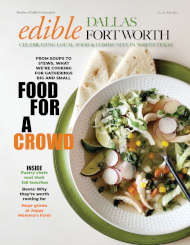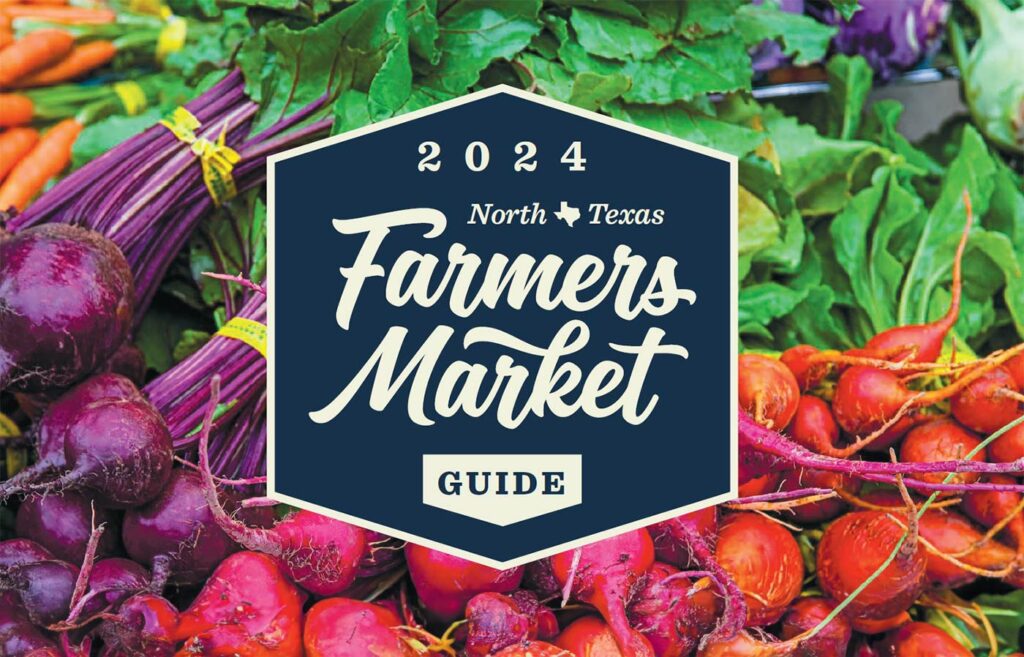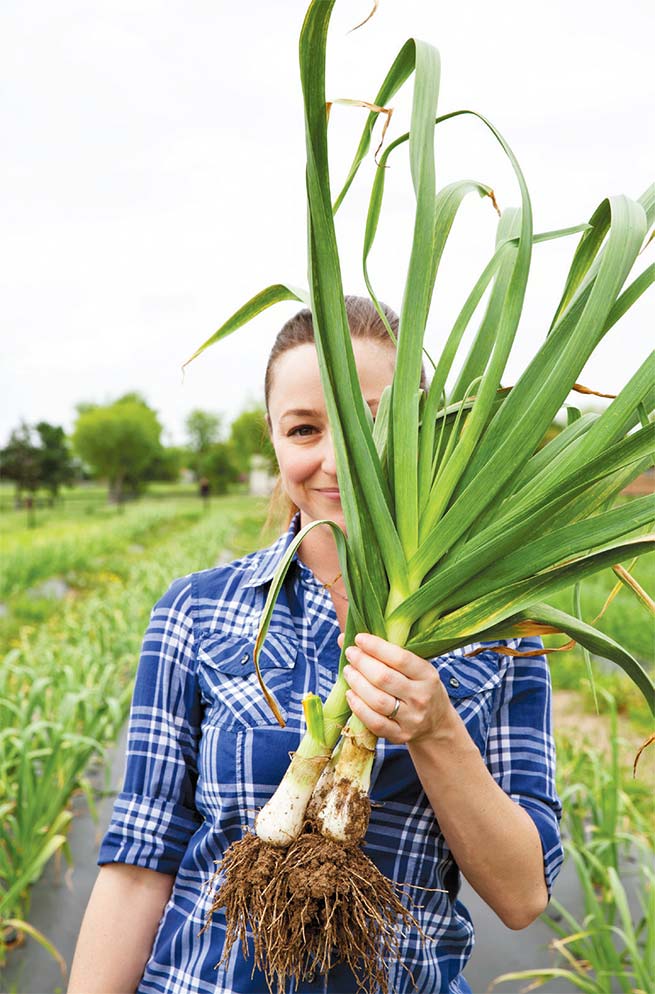
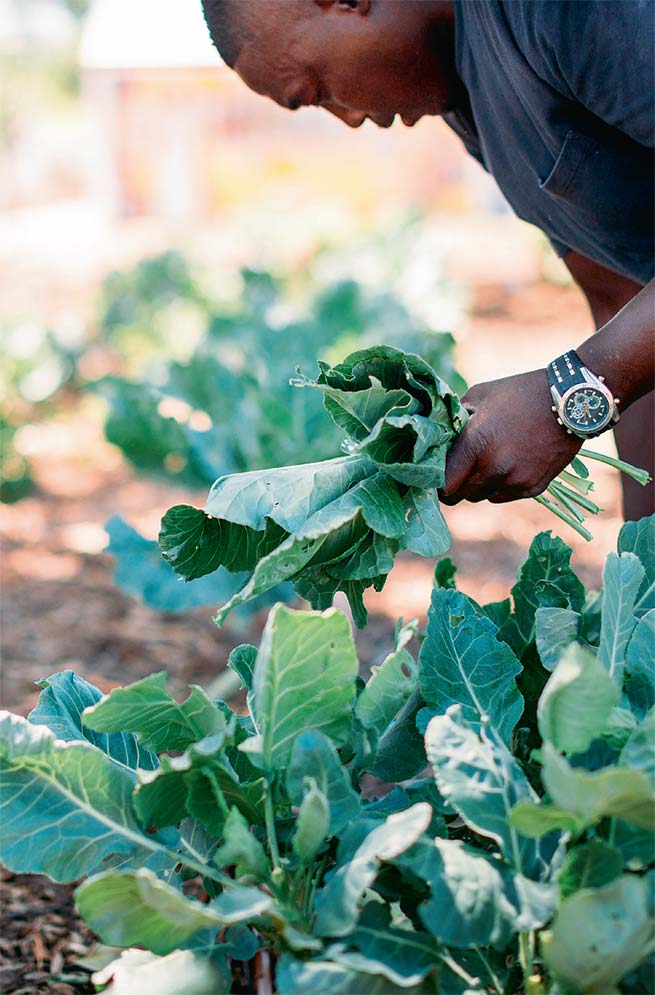
North Texans love to get their hands in the dirt and grow wonderful edible things. What gardener has not been seduced by the flavor of a vine-ripe tomato or a peach eaten out of hand, still warm from the sun? But we’ve stepped way beyond our own backyard gardens to work community gardens and support school gardens. We landscape with edibles and raise up our own chickens. Farmers, in the meantime, have expanded what they grow, found new ways to grow it and new ways to connect with their fans via social media.
COMMUNITY & SCHOOL GARDENS
Community gardens of all stripes are flourishing as never before. Coppell is the grande dame of one type—gardens whose bounty is shared with area food banks. en there are the community gardens that o er plots to individuals, such as Lake Highlands Community Garden and Deep Ellum Urban Gardens. Schools and community centers are also hives of community gardening, like the much-vaunted Mockingbird (nee Stonewall Jackson) Elementary garden started 23 years ago by teacher Mark Painter. Moss Havens Farms, a relative upstart, is entering its eighth year at Moss Haven Elementary under the guidance of “Farmer Kim” Aman.
Then like the Johnny Appleseed of community gardening, Elizabeth Dry has taken her Promise of Peace Gardens from a single garden a decade ago to many today—some in schools (including Bayles Elementary), some not (Emmanuel POP Garden, LaBajada Urban Youth Farm). ese and other POP projects reach into food deserts and use gardens to nourish communities. Every year in Dallas, chefs and friends gather at Okrapalooza to support POP with a fundraiser that also honors the beloved Texas pod. is year, the tenth Okrapalooza takes place at Reeves Family Farm in the fall.
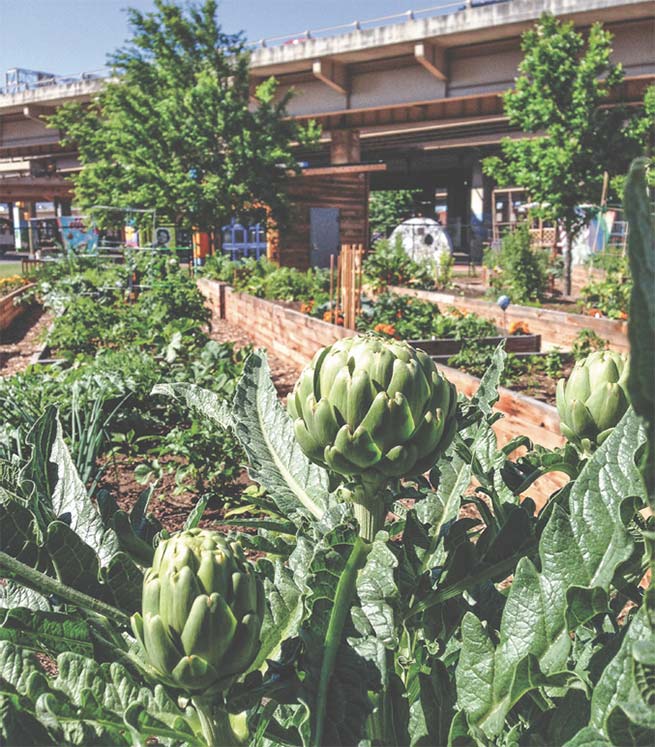
In South Dallas, a different sort of community gardens is taking hold in the land of food deserts. At the Martin Luther King Community Center’s Freedom Garden, started in 2017, the Seedling Farms’ Initiative has literally helped seed several community gardens, ranging from the Austin Street Shelter’s New Hope Garden (planted in 2017) to currently helping create a garden in South Dallas under the Restorative Farms umbrella. The greenhouse and ground gardens at MLK Center serve as a nerve center, providing seedlings, education, gardening guidance and even fresh vegetables for the taking. They also support Big Texas Urban Farms in Fair Park and raise seedlings for Bonton Farms.
Bonton is another example of what’s possible when people band together with a common dream. In this case, it started with Daron Babcock’s goal to bring fresh produce to a South Dallas food desert. Today the thriving urban farm provides jobs and more and has gone on to encompass a satellite farm, a budding market and a café.
Babcock’s also learned to be nimble with his vision. Turns out the produce he grows is too costly for the neighbors to buy, so the farm sells what it grows at the Dallas Farmers Market and with the profit, Babcock brings to Bonton market the same quality groceries people enjoy across town.
But we would be remiss in not acknowledging the granddaddy of community gardens. Don Lambert has nurtured urban plots since the late 1980s, and is perhaps best known for gardens for refugee farmers near Jimmy’s Food Store: the Live Oak Community Garden and the East Dallas Community Garden, the oldest urban farms in Dallas. Both predate the creation of his umbrella organization, Gardeners in Community Development. Find him selling some of the gardens’ wares at Good Local’s White Rock Farmers Market.
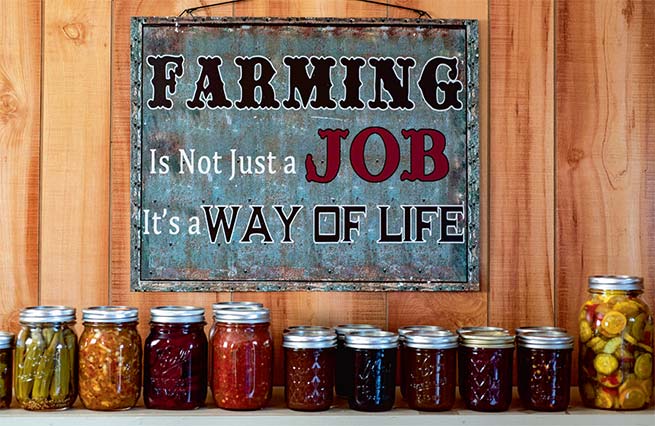
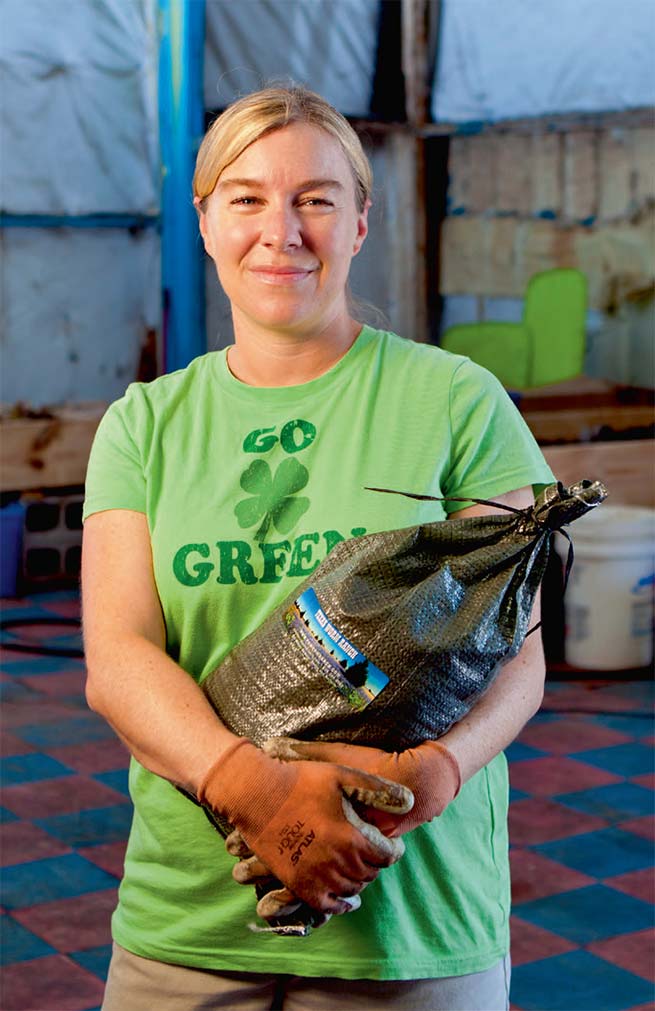
BACKYARD FARMING
In the past decade, we’ve raised the gardening ante in our own backyards. John Ramos, whom we wrote about in 2015, is still wrangling chickens with his Urban Chicken Ranching, teaching others how to set up and raise their own flocks. At Edible Landscapes Dallas, Monica Rose shows people how to landscape with fruits and veggies. Heather Rinaldi’s Texas Worm Ranch, North Haven Gardens and Trinity Haymarket are just a few of the businesses gardeners can call on for help. And over at Rooster Hardware, don’t miss the mascot: George the Rooster.
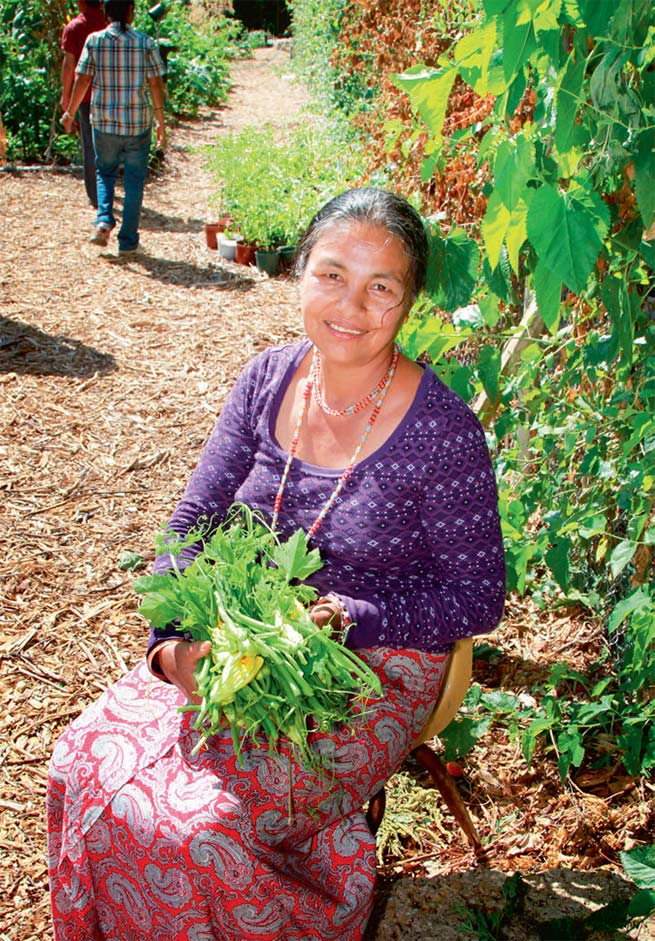
NEW WAYS FOR FARMERS
Less obvious to the casual consumer are all the ways farmers are innovating to grow their fruits and vegetables. They’re also branching out with social media to communicate with the people who love what they grow.
Increasingly, farms are experimenting with hydroponics. Elliott Grows has grown its greens, basil and arugula this way for years. Profound Microfarms took over former orchid greenhouses to create its hydroponic microfarms specializing in lettuces, edible flowers and herbs. Some operations, such as DFW Aquaponics Farms, are even making the leap to aquaponics, where fish provide the fertilizer. Meanwhile, Comeback Creek Farm is repurposing old chicken houses along with its ground gardens.
The internet has been a boon to farmers and ranchers. It helps them communicate directly with the people who clamor to buy from them, whether it’s to announce that the season’s peaches are ready or that a barbecue truck will be at the farm store on a given weekend. Social media also lets people follow crops—seedling to harvest—engaging them in the farming process, at least digitally. This takes some guesswork out of what’s fresh, what’s available and where it is.
KIM PIERCE is a Dallas freelance writer and editor who’s covered farmers markets and the locavore scene for some 30 years, including continuing coverage at The Dallas Morning News. She came by this passion writing about food, health, nutrition and wine. She and her partner nurture a backyard garden (no chickens – yet) and support local producers and those who grow foods sustainably. Back in the day, she co-authored The Phytopia Cookbook and more recently helped a team of writers win a 2014 International Association of Culinary Professionals Cookbook Award for The Oxford Encyclopedia for Food and Drink in America.




